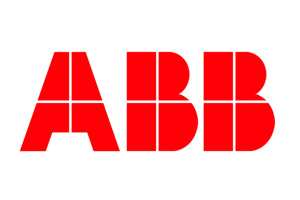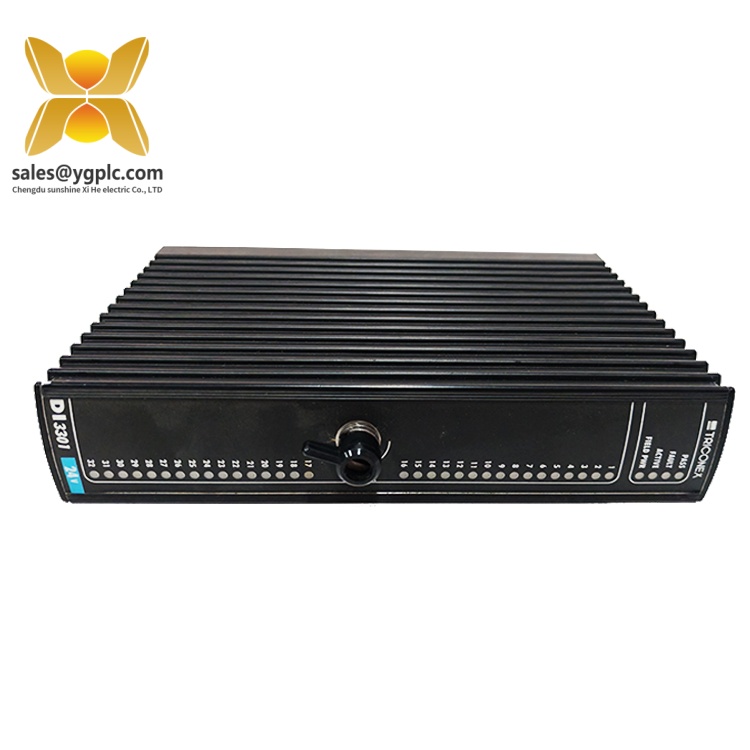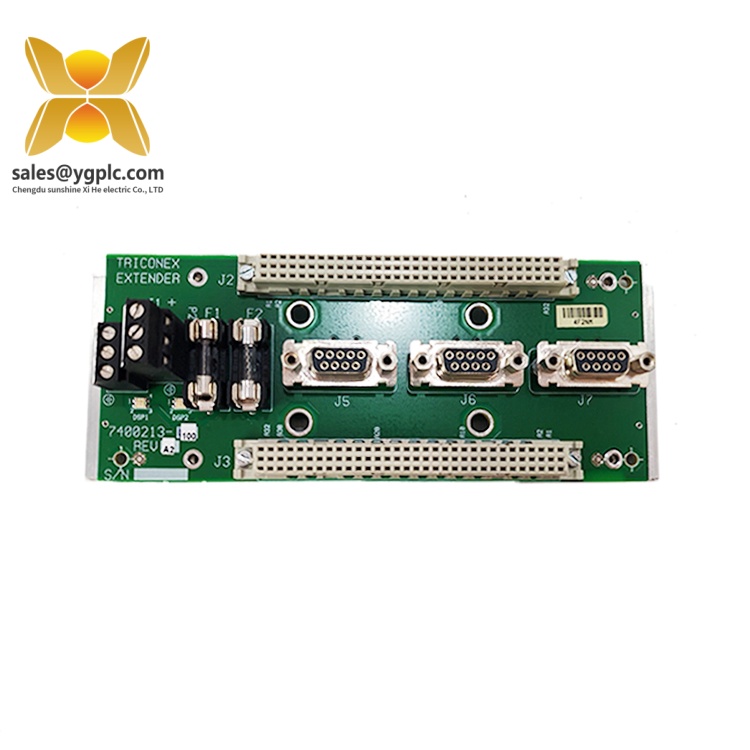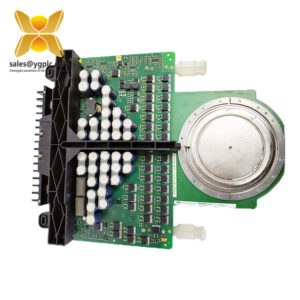Description
ABB NU8976A99 (HIER466665R0099 / HIEE320693R0001) – Communication/Network Unit for Advant/OCS Control Systems
The ABB NU8976A99 is a plug‑in communication unit used in ABB Advant/OCS-class DCS architectures, typically serving as a reliable interface between the system backplane and serial or fieldbus-connected devices.
From my experience, it’s chosen to extend legacy lines, add a couple of serial channels, or maintain brownfield compatibility without rewriting control logic.
You might notice two identifiers often associated with this module—HIER466665R0099 and HIEE320693R0001. These are board/assembly references that map to the same hardware family, which is common in ABB’s parts catalog for lifecycle and service tracking.
Key Features
- Backplane-powered module – draws its supply from the host rack, simplifying cabinet wiring and reducing separate power supplies.
- Serial/fieldbus interfacing – typically provides configurable serial channels (RS‑232/RS‑485) for drives, analyzers, legacy PLCs, or third‑party devices.
- Tight DCS integration – communicates over ABB’s system bus for deterministic data exchange with the controller and operator stations.
- Front-panel diagnostics – status LEDs and clear labeling help quick fault isolation during commissioning and maintenance.
- Proven in brownfield upgrades – often used to keep mature plants running while gradually modernizing edge devices.
- Service-friendly design – plug-in replacement with minimal downtime; firmware/parameter alignment can usually be done off-line.
Technical Specifications
| Brand / Model | ABB NU8976A99 (also referenced as HIER466665R0099 / HIEE320693R0001) |
| Power Requirements | Backplane-powered; 5 VDC class supply from host rack (typical), low power (<10 W in most cases) |
| Operating Temperature | 0 to +55 °C typical control cabinet environment; non‑condensing humidity |
| Signal I/O Types | Serial channels (RS‑232/RS‑485 configurable) and system-bus backplane signals; front-panel status LEDs |
| Communication Interfaces | Proprietary ABB system bus to controller; service/serial ports for field devices (exact port count varies by revision) |
| Installation Method | Plug‑in rack module for ABB Advant/OCS cabinets; front‑accessible for service |
| Form Factor | Single‑width module; compact footprint suitable for dense I/O bays |

abb_nu8976a99
Application Fields
Plants that need a stable bridge between established ABB controllers and serial/legacy devices tend to benefit most. Typical scenarios include:
- Power generation and utilities integrating analyzers, protection relays, or excitation subsystems
- Oil & gas skids and pipelines where field instruments still expose RS‑485/Modbus links
- Metals and mining lines keeping legacy drives connected during phased upgrades
- Pulp & paper and chemicals with a mix of modern DCS and older package units
- Water & wastewater plants tying remote panels and data loggers into the central DCS
Advantages & Value
- Drop‑in compatibility – keeps existing control strategies intact, which typically means no PLC/DCS logic rework.
- Reduced risk during upgrades – stage replacements device‑by‑device without big‑bang cutovers.
- Long lifecycle support – the NU8976A99 family remains widely serviced, with clear part cross‑references (HIER466665R0099 / HIEE320693R0001).
- Predictable maintenance – front diagnostics and consistent pinout help shorten troubleshooting time.
- Procurement flexibility – often available as new surplus or expertly refurbished; cost savings compared with full system migrations.
Installation & Maintenance
- Cabinet standards – install in a clean, vented control cabinet; keep ambient 0…55 °C and avoid condensation; allow airflow around modules.
- ESD and safety – power down the rack and use an ESD strap; never insert or remove modules on a live backplane unless ABB specifically permits it for your system revision.
- Wiring – use shielded twisted pair for RS‑485; tie shields at one end to avoid ground loops; maintain proper termination and biasing where applicable.
- Configuration – verify firmware/parameter levels match your controller; document jumpers or DIP settings if present; keep a spare pre‑configured.
- Routine care – check LED patterns during rounds; inspect connectors for oxidation; gently clean edge contacts during planned shutdowns; schedule firmware checks annually.
One thing I appreciate is how predictable commissioning tends to be: once the serial parameters are lined up, the module usually runs for years with minimal attention.
Quality & Certifications
- CE compliant for EMC and safety (typical for ABB rack modules)
- UL/cUL recognition where applicable to the host system
- RoHS conformity for most recent hardware batches
- Warranty: commonly 12 months from delivery for stocked units; extended options on request
 中文版
中文版

 Phone:
Phone:  Email:
Email:  WhatsApp:
WhatsApp: 


